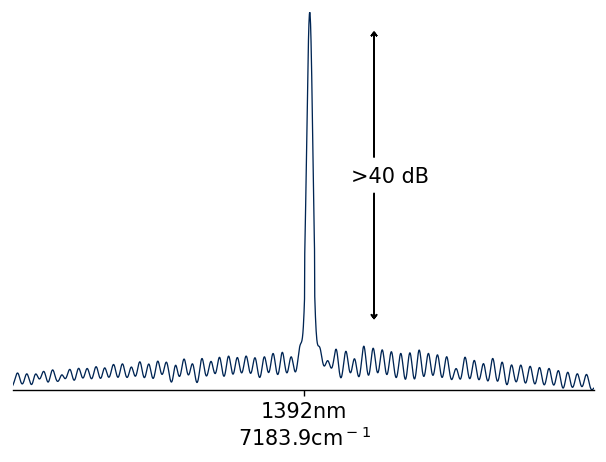Hello!
I am a student working on a project to build a Raman spectrometer with a 650 nm laser. Previously we have used a Picotronic 650 nm 10 mW laser, but were having issues with it's stray light. (It basically had two dots). I am currently in the process of looking for a new laser and was wondering if anyone had any recommendations for where to look or had experience with this sort of thing in the past. So far I've looked at Odicforce but those lasers are all very cheap which makes me question their quality for a project like this. Any help or advice is very appreciated!
I am a student working on a project to build a Raman spectrometer with a 650 nm laser. Previously we have used a Picotronic 650 nm 10 mW laser, but were having issues with it's stray light. (It basically had two dots). I am currently in the process of looking for a new laser and was wondering if anyone had any recommendations for where to look or had experience with this sort of thing in the past. So far I've looked at Odicforce but those lasers are all very cheap which makes me question their quality for a project like this. Any help or advice is very appreciated!




